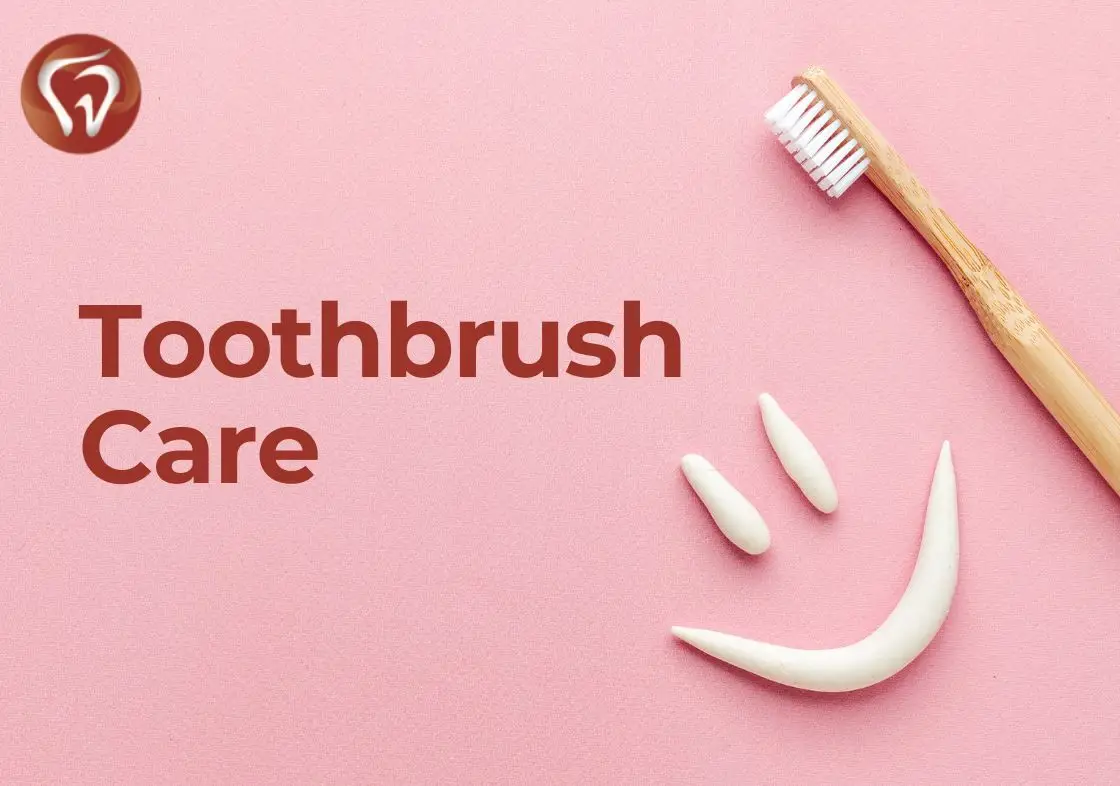Taking care of your toothbrush might not be the first thing that comes to mind when you think about oral hygiene, but it’s super important. Your toothbrush is your trusty sidekick in the fight against cavities and gum disease. Let’s explore some simple yet effective ways to keep your toothbrush in tip-top shape and your smile healthy.
Choosing the Right Toothbrush
Picking the right toothbrush is the first step. Here’s what you should keep in mind:
- Manual vs. Electric: Both manual and electric toothbrushes do a great job. Manual toothbrushes are easy to use and budget-friendly. Electric ones can give you a thorough clean with less effort, which is great if you have arthritis or other issues with your hands.
- Bristles: Go for soft bristles. They’re gentle on your gums and enamel, which is important for keeping your mouth healthy. Hard bristles can be too rough and might cause damage over time.
- Size and Shape: A smaller toothbrush head can reach those tricky spots in your mouth, like the back teeth and the gum line. Make sure the handle feels comfortable and easy to hold.
Proper Toothbrush Care
Now that you have the right toothbrush, let’s talk about taking care of it:
- Rinse Thoroughly: After brushing, give your toothbrush a good rinse under tap water to remove any leftover toothpaste and debris.
- Store Upright: Keep your toothbrush standing up to let it air dry. Avoid laying it flat or putting it in a closed container, as this can create a moist environment where bacteria love to grow.
- Avoid Cross-Contamination: If you share a bathroom with others, ensure your toothbrushes don’t touch. Use a toothbrush holder with separate slots to keep them apart.
- Traveling Tips: When you’re on the go, use a toothbrush cover to protect the bristles. Just make sure your toothbrush is dry before you put the cover on to avoid trapping moisture.
When to Replace Your Toothbrush
Replacing your toothbrush regularly is key to maintaining good oral health:
- Every Three to Four Months: A general rule is to replace your toothbrush every three to four months. Over time, the bristles become worn and aren’t as effective at cleaning your teeth.
- Signs of Wear: If you notice the bristles are frayed, bent, or worn out, it’s time for a new toothbrush, even if it hasn’t been three months yet.
- After Illness: If you’ve been sick, it’s a good idea to replace your toothbrush to avoid reintroducing germs into your mouth.
Using an old toothbrush isn’t just ineffective; it can also be harmful. Worn bristles can’t clean your teeth properly and might harbor bacteria, increasing the risk of oral infections.
Additional Tips
Here are a few more tips to keep your toothbrush (and your mouth) in great shape:
- Proper Brushing Techniques: Hold your toothbrush at a 45-degree angle to your gums and use gentle, circular motions. Avoid brushing too hard because it can harm your gums and enamel.
- Using a Toothbrush Cover: While a cover is useful for travel, make sure it allows air to circulate to keep the bristles dry.
- Keeping Your Toothbrush Dry: Bacteria thrive in moist environments. After each use, let your toothbrush air dry completely.
Conclusion
Taking care of your toothbrush is a small but essential part of your daily routine. By choosing the right toothbrush, cleaning and storing it properly, and replacing it regularly, you can keep your mouth healthy and your smile bright.
Remember, a well-cared-for toothbrush can make a big difference in your dental health. If you have any questions or need personalized advice, visit us at Signature Smilez Family Dental. We’re committed to helping you maintain a bright and healthy smile. Schedule your appointment today!

